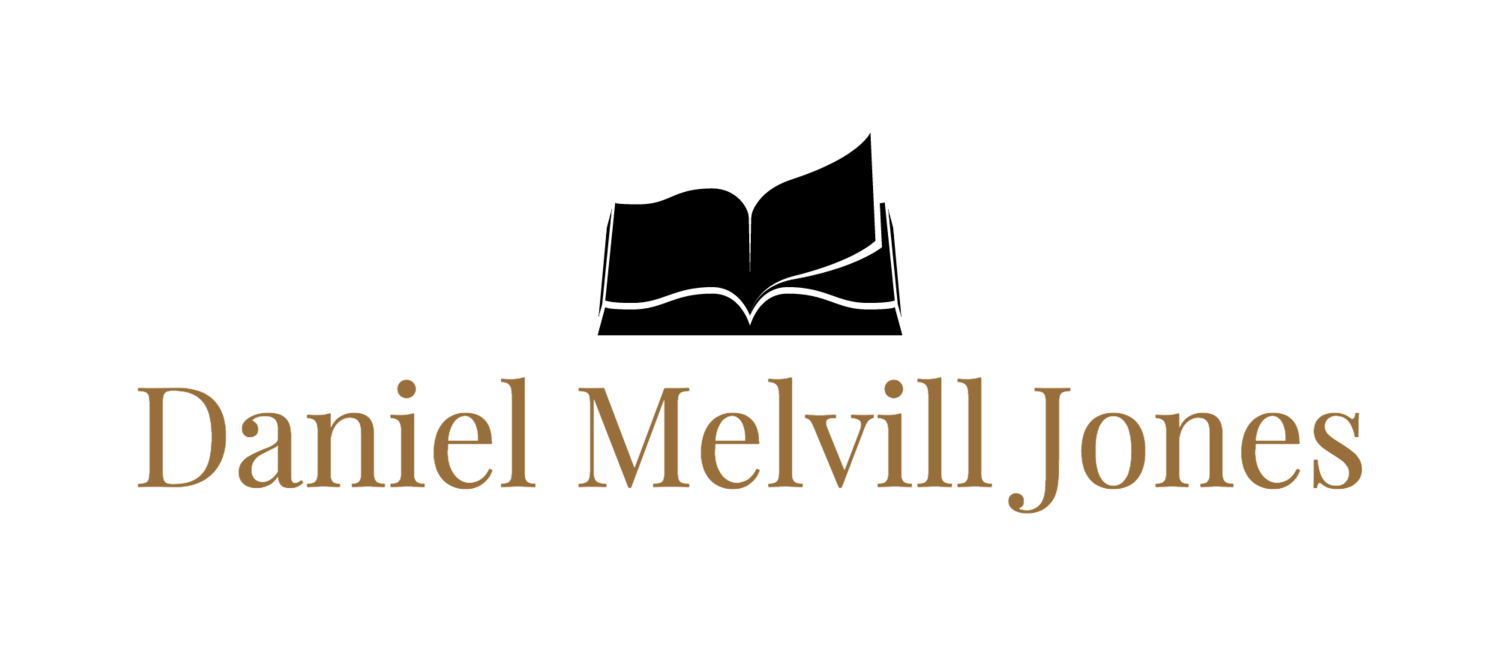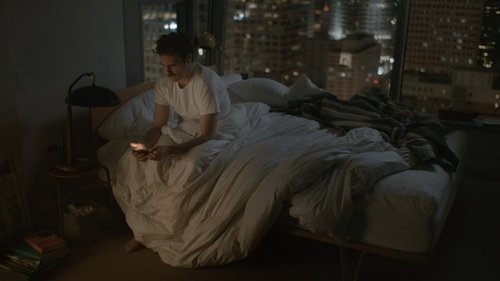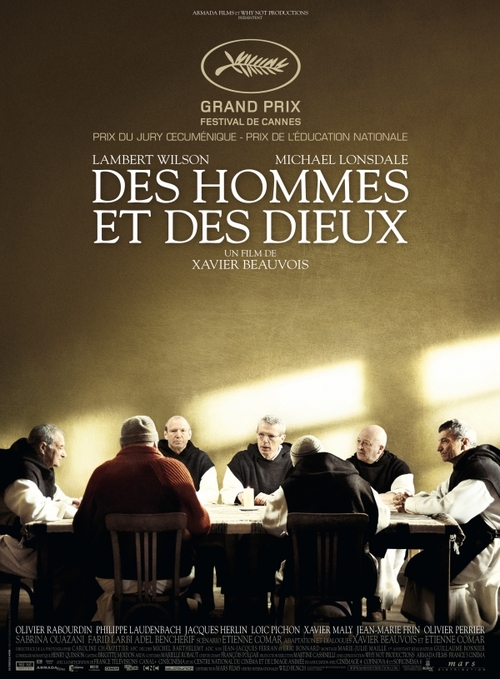Links to Media Discussed:
The 1990 TV mini-series It and the original 1986 horror novel by Stephen King .
The 1960 film Psycho, directed by Alfred Hitchcock.
The poem that Kyle struggled to remember was "The Charge of the Light Brigade" by Lord Alfred Tennyson.
The character "Leatherface" from the 1974 film The Texas Chain Saw Massacre, directed by Tobe Hooper.
The film 2014 It Follows, directed by David Robert Mitchell.
The 2016 film The Witch, directed by Robert Eggert.
Kyle mentions Book of Thoth, an ancient Egyptian text of magic spells.
The 1974 film The Exorcist, directed by William Friedkin.
The 1984 film A Nightmare on Elm Street, directed by Wes Craven (who graduated from the prestigious Evangelical school Wheaton College).
The TV series Buffy the Vampire Slayer, which ran from 1997-2003 and was created by Joss Whedon.
We discuss the work of director Scott Derrikson, who directed the horror films The Exorcism of Emily Rose (2005), Sinister (2012), and Deliver Us from Evil (2014), along with the recent Marvel film Doctor Strange (2016). He is a committed Christian and has frequently talked about why he thinks horror is the perfect genre for Christians. Daniel quoted from an interview with Christianity Today, which is behind a paywall. Here is the entire quote:
"In my opinion, the horror genre is a perfect genre for Christians to be involved with. I think the more compelling question is, Why do so many Christians find it odd that a Christian would be working in this genre? To me, this genre deals more overtly with the supernatural than any other genre, it tackles issues of good and evil more than any other genre, it distinguishes and articulates the essence of good and evil better than any other genre, and my feeling is that a lot of Christians are wary of this genre simply because it's unpleasant. The genre is not about making you feel good, it is about making you face your fears. And in my experience, that's something that a lot of Christians don't want to do.
To me, the horror genre is the genre of non-denial. It's about admitting that there is evil in the world, and recognizing that there is evil within us, and that we're not in control, and that the things that we are afraid of must be confronted in order for us to relinquish that fear. And I think that the horror genre serves a great purpose in bolstering our understanding of what is evil and therefore better defining what is good. And of course I'm talking about, really, the potential of the horror genre, because there are a lot of horror films that don't do these things. It is a genre that's full of exploitation, but the better films in the genre certainly accomplish, I think, very noble things."
The book The Secular Age by McGill philosopher Charles Taylor.
The 1978 film Halloween, directed by John Carpenter.
Daniel briefly references the biblical figure of Lazarus, whom Jesus raises from the dead in the Gospel of John (chapter 11).
The 2013 film Ida, directed by Pawel Pawlikowski.
Further Reading:
Vice.com published a piece last year called "Why Are So Many Films Christian Propaganda?". The author's perspective is antagonistic to the Christian faith and he cautions readers to be cautious watching horror flicks lest by so doing they promote Christian beliefs.
Film critic Josh Larson of Filmspotting argues "a Christian defence of horror" in this short piece.
Lauren Wilford has a long piece on how the director of The Witch is a master of his craft and why the movie works so well on its own, without the feminist and Satanist controversy.
Credits:
Assumptions is written and produced by Daniel Melvill Jones and Kyle Marshall.
This episode edited by Kyle Marshall.
Our soundtrack comes from The Parson Red Heads, who have a new album (Blurred Harmony) coming out on June 9th.
Podcast artwork designed by Chris Taniguchi
Photography by Jen Hall
This episode's title was directly inspired by friend of the show Blake I. Collier's column at Reel World Theology (http://www.reelworldtheology.com/category/oh-the-horror/).
Subscribe on Apple Podcasts, listen on Soundcloud, or look us up wherever you get your podcasts.
Email feedback or questions at assumptionspod@gmail.com, or drop us a line on Facebook or Twitter. We'd love to hear what you have to say and hope to include it on future episodes.
Don't forget to rate and review us on Apple Podcasts (that really helps us get the word out), and share and follow us on Facebook or Twitter.






































